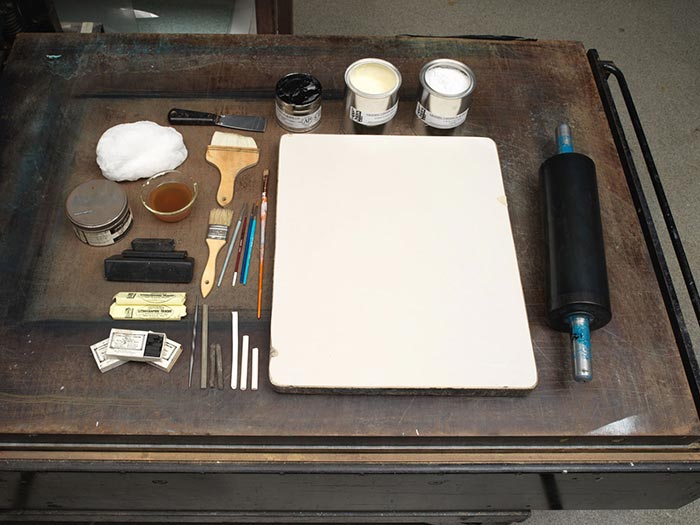"A Clean Sweep"
Thomas B. Worth American
Publisher Currier & Ives American
Not on view
The late nineteenth-century Darktown prints by Currier & Ives depict racist stereotypes that are offensive and disturbing. The Metropolitan Museum of Art preserves such works to shed light on their historical context and to enable the study and evaluation of racism.
This print satirizes a chaotic billiard room scene with seven caricatured Black (African American), and another in a top hat peering over the swinging doors from the adjacent room. At right, four men standing near the pool table are in an uproar; they have just thrown their cue sticks and billiard balls at a man frantically running with his arms outstretched towards the door at left. The fleeing man's back is lined with the thrown billiard balls. At center, a rotund man (wearing striped pants and a dotted vest), stands with his legs apart and raises his cue stick so he can strike the man. At the lower center, another man, seated on the floor with his legs wide apart, howls open-mouthed with laughter, as he gestures toward the running man.
Nathaniel Currier, whose successful New York-based lithography firm began in 1835, produced thousands of hand-colored prints in various sizes that together create a vivid panorama of mid-to-late nineteenth century American life and its history. People eagerly acquired such lithographs featuring picturesque scenery, rural and city views, ships, railroads, portraits, hunting and fishing scenes, domestic life and numerous other subjects, as an inexpensive way to decorate their homes or business establishments. As the firm expanded, Nathaniel included his younger brother Charles in the business. In 1857, James Merritt Ives (the firm's accountant since 1852 and Charles's brother-in-law) was made a business partner; subsequently renamed Currier & Ives, the firm continued until 1907. The artist of this print is Thomas Worth, a prolific nineteenth-century illustrator who excelled at drawing horses and other subjects, many of which were made into lithographs published by Currier & Ives.

